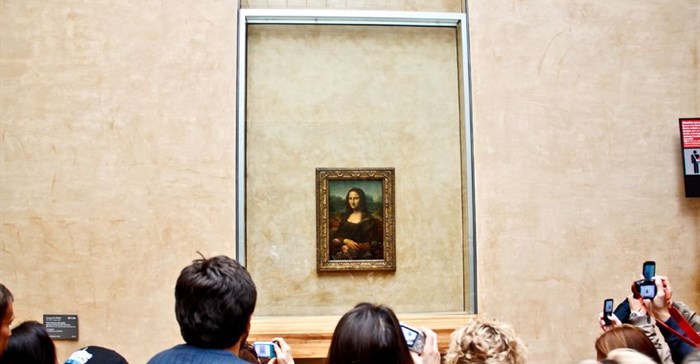
Top stories


LegalNigeria to implement new tax laws from January 1 despite calls for delay, Tinubu says
Camillus Eboh 1 day
The app, which represented a very bold and pioneering use of AR, enabled the artist to apply his own conceptual work – and perspective – to one of the world’s most mysterious and globally recognised paintings.
Baradaran labeled his project Frenchising Mona Lisa, and by focusing their phones on the painting, the app reveals the iconic Italian mistress wrapping a French flag around herself in the form of a hijab. Depending on their philosophical viewpoint, people were either surprised and pleased, or dismayed and disgusted, by the cheeky use of technology – and its ultimate end of making a political and social statement. The artist later extended the project by building an app that superimposed the work of upcoming artists over that of established names within the museum.

This particular application of AR, apart from being both brave and disruptive, raised interesting questions around the technology - and virtual reality more generally.
"There's nothing [the Louvre] can do about it," Baradaran had commented. "There's no legal regulation on this so the world becomes a white canvas for artists…With Second Life or those other applications in the 1990s, you always had to stay inside a hyper virtual world, and it forced people to stay home…whereas with AR, it's pushing people to go outside."
This statement arguably captures one of the most important potential benefits for brands and marketers as they look to build similarly disruptive and rule-breaking AR applications.
Only a decade ago, marketers were limited to communicating with consumers whilst they were at home, generally in front of their televisions. The messaging went one way only, and the brand communication was generally of an interruptive and invasive nature. More recently, with the advent of mobile and social media, marketers can now reach people anywhere, and target their communication. Still, this communication is mostly one way, and tends to be interrupting people whilst they are getting on with their busy (and information saturated) lives.
With advancements in AR, however, we are rapidly entering a third era of marketing – characterised by engagement and interaction. Indeed, by superimposing images and messages over real-world objects and physical environments, AR campaigns essentially invite people into a new world – and trigger an interactive experience. These campaigns, by their very nature, represent a compelling way to reach people (often in groups and among friends) when they are out in the world and generally more open to discovering, learning and participating.
With this in mind, imagine the possibilities for brands that can effectively harness our natural curiosity. For example, the now famous Pokémon Go (the location-based AR game) could partner with McDonald's in a bid to encourage young people to visit the McDonald's restaurant nearby. They could gamify certain elements of the menu offering perhaps, and create rewards for certain interactions.
The possibilities extend beyond gaming though. Picture being able to visit a car showroom and through AR, change the colour and added extras of a vehicle to experience it first hand before deciding what you’d prefer. This is already a reality.
In addition to reaching consumers while they are outside and engaging with the world – on their own terms - these types of campaigns also represent a way in which to collect key data around user behaviour - habits, likes, dislikes, locations, etc. Through effective data collection and by using smart analytical tools, AR campaigns can inform a brand’s core marketing strategy – and pave the way for even more targeted, interactive and compelling campaigns.
This is an important moment in history for AR, with individuals, brands and companies exploring different ways of harnessing its many possible applications. For marketers, it is important to keep in mind that the AR playbook, so to speak, is still being created – and it will be those who have both the courage and creativity to push the envelope that will essentially craft this playbook for the future…
